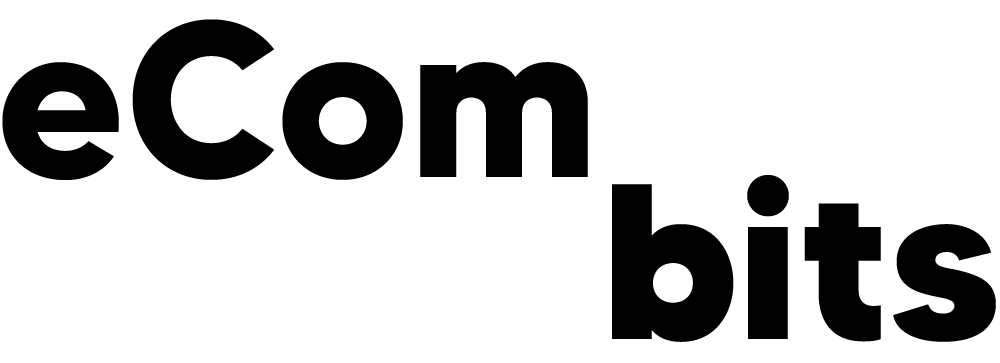Print on demand has become increasingly popular in the fashion industry, allowing individuals to design and sell custom clothing without having to invest in large inventory or upfront costs.
POD services produce garments only when they are ordered, reducing the risk of unsold inventory and enabling designers to reach a wider audience. While print on demand has democratized the fashion industry, the question remains: is print on demand profitable for designers and ecommerce businesses?
In this article, we will explore the economics of print on demand clothing and whether it can be a viable business model.
The cost structure of print on demand
To understand the profitability of the print on demand business model, we first need to understand its cost structure.
POD eliminates the need for inventory storage and distribution, which can be costly. Traditional retailers typically order a large number of garments and store them in a warehouse until they are sold. They must also pay for shipping and distribution to stores and other retailers. With POD, the garment is only produced when it is ordered, so there is no need for inventory storage or shipping. This can result in lower overall costs and higher profits.
Print on demand costs include:
- Design cost (paid to a graphic designer)
- Product and printing cost (paid to a print on demand company like Printful)
- Shipping cost (paid to your print on demand company)
- Marketing cost
- Taxes
- Platform fees, transaction costs (for example, Shopify or Etsy fees)
The artwork cost depends on whether you use designer services to create your POD designs or not. If you do it yourself, you can save up on these costs.
The product and printing cost is determined by the type of garment and the fulfillment method (DTG printing, sublimation printing, or embroidery). Generally, the cost of printing a single garment is higher with POD than with traditional mass production because the per-unit cost of production is higher.
Is print on demand profitable in 2023?
Yes, print on demand is definitely profitable in 2023. The print on demand industry has been steadily growing in recent years, with popular POD companies like Printful and Printify reaching the highest level of user interest than ever before.
To make your print on demand business profitable, you have to price your products right. Here’s a step-by-step guide on how to price your print-on-demand products to make them profitable:
- Determine the base cost of the product: This includes the cost of the blank product, printing, and shipping to the customer.
- Determine the profit margin you want to make: This will vary depending on your business goals and industry standards.
- Calculate your selling price: To do this, add your desired profit margin to the base cost. For example, if the base cost of the product is $10 and you want a 50% profit margin, your selling price would be $15.
- Research your competition: Look at what similar products are selling for on other platforms and adjust your pricing accordingly. If your selling price is significantly higher than your competitors, consider lowering it to remain competitive.
- Consider the impact of taxes and fees: Factor in any applicable taxes, payment processing fees, and marketplace fees to ensure your profit margin remains intact.
- Regularly review and adjust your pricing: As your business grows and your costs change, it’s important to regularly review your pricing strategy to ensure your products remain profitable.
By following these steps, you can develop a pricing strategy for your print-on-demand products that ensures profitability while remaining competitive in the market.
What’s the profit margin with print on demand?
Average print on demand profit margins range from 10% to 50%, depending on the type of product you sell and your print on demand company’s prices.
POD t-shirts tend to have lower profit margins than other more unique items. Selling t-shirts, you’ll end up with about 10% profit and you’ll have to be really careful not to overspend on marketing.
Other items have much higher profit margins. For example, car seat covers, all over print hoodies, hooded blankets are high profit margin products. They are considered niche items, which means that they have a specific audience and are not widely available. This exclusivity can make them more desirable and allow creators to set higher prices.
To sell at a premium price point, choose print on demand products that are associated with a specific lifestyle or interest and have a high perceived value due to scarcity.
Does anyone make money with print on demand?
Many creators have built successful businesses with print on demand, earning passive income through their designs or content. While results will vary depending on the individual’s approach and market demand, there are many examples of creators who have been able to earn a significant income with POD.
Which print on demand service is most profitable?
Profitability depends on various factors, including the creator’s niche, marketing strategies, and product pricing. However, some of the most popular and highly regarded POD companies among creators include:
- Printify
- TeeLaunch
- Gelato
- Printful
Is print on demand easy?
Print on demand can be relatively easy compared to other types of business models, but it still requires effort and attention to detail. There can be some learning curve when it comes to setting up a storefront, pricing products, and marketing effectively. So while print on demand can be a straightforward way to start a business, it still requires some effort and diligence to make it successful.
Is print on demand passive income?
Print on demand can be a pretty cool way to earn some passive income, but it’s not completely hands-off. Essentially, with print on demand, you create a design or content, upload it to a platform, and the platform handles the printing and shipping of the final product to customers.
This means that you can earn money without having to worry about managing inventory or fulfilling orders yourself. However, you still need to put in some effort to create the designs or content, and promoting your products can also require ongoing work. So while print on demand can be a relatively passive source of income, it’s not a completely “set it and forget it” type of situation.
Wrapping up
To sum up, the profitability of POD depends on several factors, including product cost and marketing expenses. Niche items like car seat covers, all over print hoodies, and hooded blankets have higher profit margins than t-shirts. While print on demand can be relatively easy and passive, it still requires effort and diligence to make it successful.

